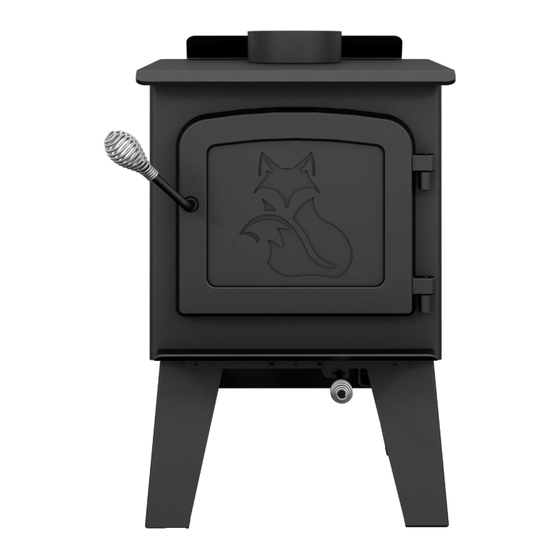
Table of Contents
Advertisement
Quick Links
Wood Stove
Owner's Manual
Part 1 of 2
SAFETY NOTIFICATIONS
AND GENERAL INFORMATION
CONTACT LOCAL BUILDING OR FIRE OFFICIALS ABOUT RESTRICTIONS AND INSTALLATION INSPECTION
REQUIREMENTS IN LOCAL AREA.
READ THIS ENTIRE GUIDE BEFORE INSTALLATION AND USE OF THIS WOOD STOVE. FAILURE TO FOLLOW THESE
INSTRUCTIONS COULD RESULT IN PROPERTY DAMAGE, BODILY INJURY OR EVEN DEATH.
READ AND KEEP THIS GUIDE FOR REFERENCE
46231_UA
Printed in Canada
2023-04-28
Advertisement
Table of Contents

















Need help?
Do you have a question about the Fox Small and is the answer not in the manual?
Questions and answers